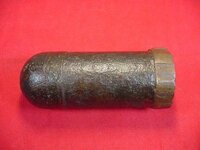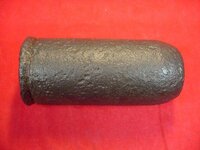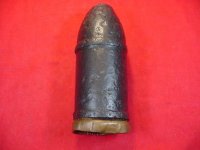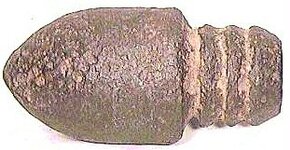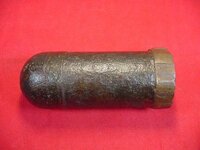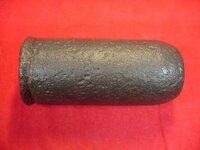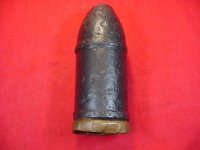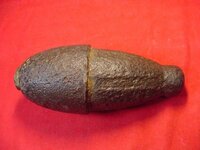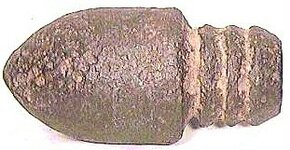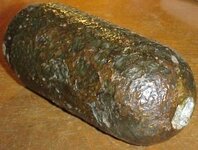MalteseFalcon
Bronze Member
- Aug 17, 2005
- 1,342
- 102
I saw a post by someone today (I am slowly reading the "Today's Finds" forum at a rate of about one page per day) where the gentleman posted a picture of a full-sized cannonball he had found. 
This question is fueled in part by Hollywood, and their ongoing desire to have big fiery explosions in their movies wherever possible, and certainly in films about war.
So, can cannonballs be classified as UXO? My thought has always been that you shoot a cannonball at something, it will blast through it like any normal projectile that size, but without any big explosion (like today's artillery shells, hand grenades, etc.). But then, I could be totally wrong.
If one were to find a full sized cannonball, would one be in any danger of Metal Detecting around the Pearly Gates sooner than expected?
Thanks in advance for your answers.


This question is fueled in part by Hollywood, and their ongoing desire to have big fiery explosions in their movies wherever possible, and certainly in films about war.
So, can cannonballs be classified as UXO? My thought has always been that you shoot a cannonball at something, it will blast through it like any normal projectile that size, but without any big explosion (like today's artillery shells, hand grenades, etc.). But then, I could be totally wrong.
If one were to find a full sized cannonball, would one be in any danger of Metal Detecting around the Pearly Gates sooner than expected?
Thanks in advance for your answers.







